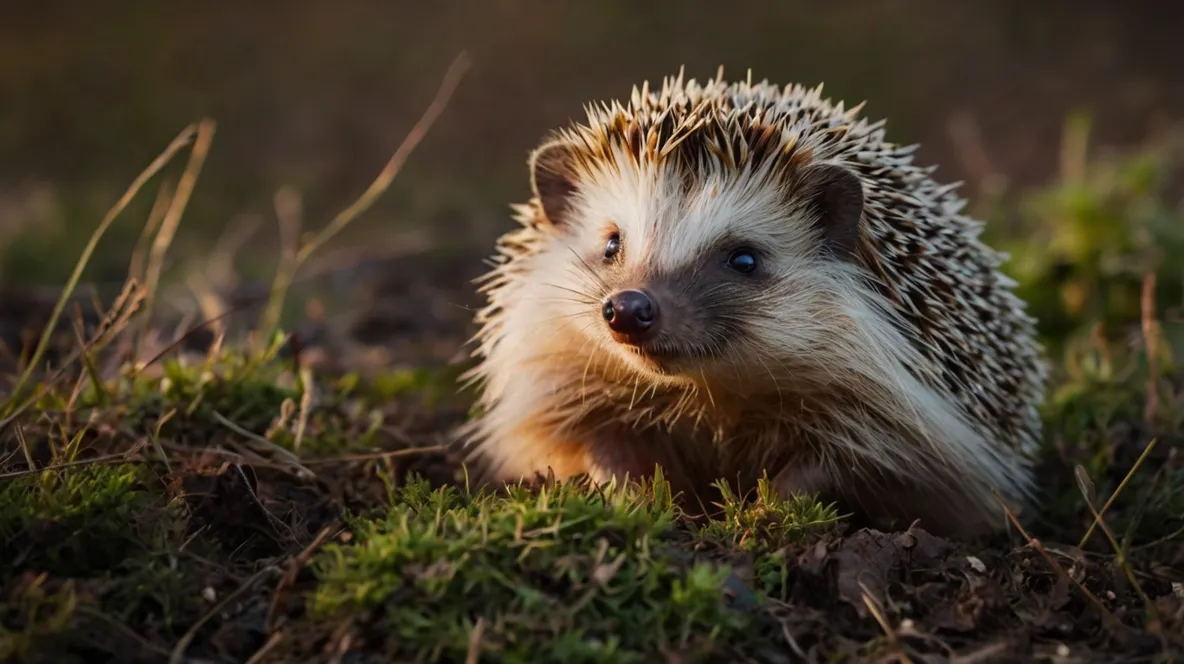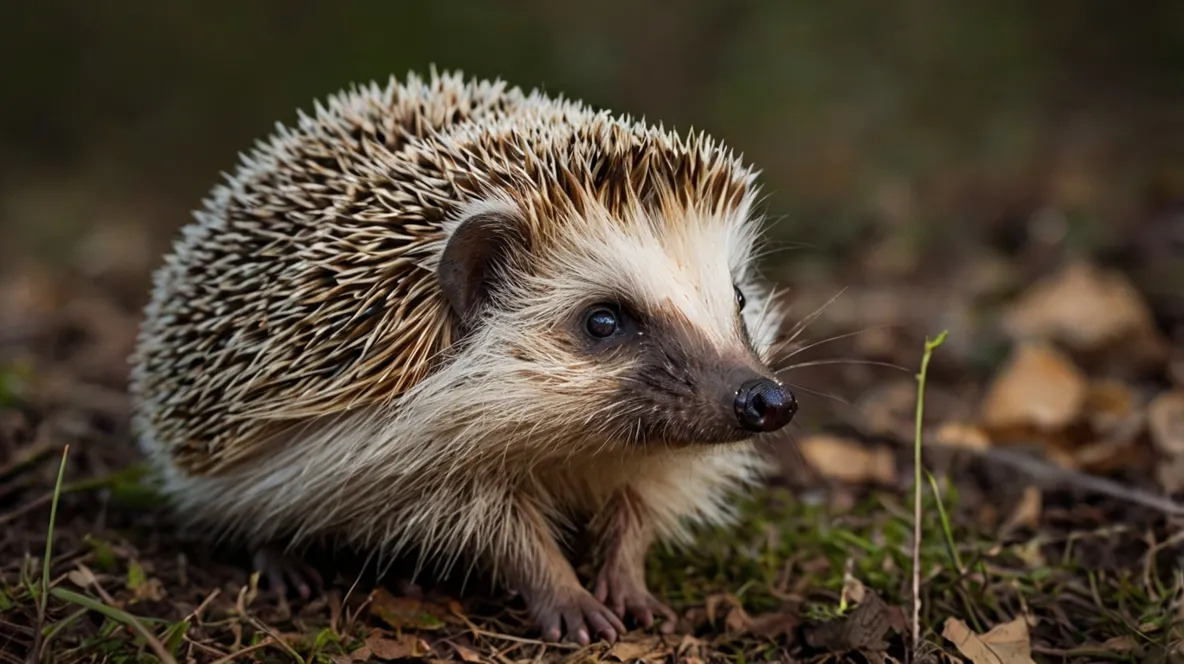Socialization Training for Hedgehogs
African Pygmy Hedgehogs, while charming pets, are naturally solitary, nocturnal, and prey animals. This means their instincts often lead them to be shy, easily startled, and defensive (hissing, popping, rolling into a ball). Socialization is the gradual process of helping your hedgehog become accustomed to human presence and handling, building trust and reducing fear.
Understanding Hedgehog Behavior
Before starting, understand their perspective:
- Defense First: Rolling into a ball covered in sharp quills is their primary defense. Hissing and popping are warnings. This isn’t aggression, but fear.
- Sense of Smell: Their eyesight is poor; they navigate primarily by smell and hearing. Unfamiliar scents can be scary.
- Nocturnal: They are most active at night. Forcing interaction during deep sleep can make them grumpy. Aim for evenings or early mornings when they are naturally waking up or winding down.
- Anointing: When encountering a new or interesting smell, they may lick or chew it, create foamy saliva, and spread it on their quills. This is normal, albeit strange-looking, behavior.

Creating a Positive Foundation
- Allow Adjustment Time: When you first bring your hedgehog home, give them a few days to settle into their new environment with minimal handling.
- Quiet Environment: Keep their cage in a relatively quiet area, away from loud noises or sudden movements, especially during initial socialization.
- Scent Association: Place a worn t-shirt or piece of fleece (that smells like you) in their sleeping area. This helps them get used to your scent positively.
The Socialization Process: Step-by-Step
Patience and consistency are paramount. Progress happens at the hedgehog’s pace.
1. Voice and Presence
- Spend time near the cage simply talking softly. Let them get used to the sound and cadence of your voice without the pressure of being picked up.
2. Initial Handling
- Wash your hands with unscented soap before handling (strong scents can be alarming or trigger anointing/nipping).
- Approach slowly and confidently. Hesitation can be perceived as a threat.
- Gently scoop your hedgehog up from underneath using both hands. Avoid grabbing from above like a predator.
- If they ball up tightly, just hold them securely and patiently. Support their weight fully. You can place them on your lap (with a towel initially if needed for quills).
- Keep initial sessions short (5-10 minutes) and positive. End on a good note, before they get overly stressed.

3. Building Trust
- Consistency is Key: Aim for daily handling sessions. Even short interactions are better than infrequent long ones.
- Treats as Rewards: Offer a favorite treat (like a mealworm, small piece of cooked chicken – check safe food lists) during or immediately after handling. This creates positive associations.
- Lap Time / Bonding Pouch: Let the hedgehog relax on your lap while you watch TV or read. A bonding pouch or snuggle sack can help them feel secure while being close to you.
- Allow Exploration: Once more comfortable, let them walk around on you or in a safe, enclosed play area (like a dry bathtub or playpen) under supervision.
Never Punish Fear: Do not shout at, shake, or punish a hedgehog for huffing or balling up. This will only increase their fear and damage trust.
Troubleshooting Common Issues
- Persistent Balling: Be patient. Just hold them calmly until they relax. Ensure your hands are warm and you are supporting them well.
- Nipping/Biting: This is rare and usually exploratory (related to scent) or fear-based, not aggressive. Avoid strongly scented lotions. If nipped, try not to react suddenly (which can scare them more). Gently blow a puff of air towards their face as a mild deterrent if needed.
- Huffy & Puffy: This is normal, especially initially. Continue to handle gently and consistently. Their huffing often decreases as trust builds.
Socializing a hedgehog takes time and dedication. Some hedgehogs naturally become more outgoing than others, but nearly all can learn to tolerate and even enjoy gentle handling with consistent, positive interaction. The reward is a unique bond with your quilly companion.